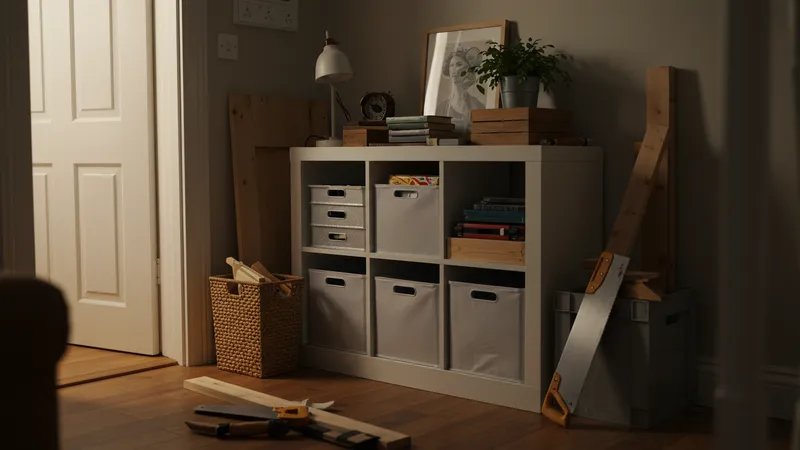
Discover Creative DIY Projects And Home Improvement Trends
Budgeting and Value in UK DIY and Home Improvements
Navigating the cost of creative DIY projects and the newest home improvement trends is a key concern for UK homeowners and tenants. Budgeting can vary significantly depending on materials and the complexity of a project. A clever IKEA hack might require only a modest investment, while integrating smart lighting solutions could stretch budgets further. Many British households plan in advance, comparing product ranges and seeking seasonal sales or second-hand finds to keep costs in check.

Value isn’t just about the initial spend, however. Expanding a modest budget through upcycling or clever material choices delivers lasting benefits. For example, repurposing a KALLAX unit for hallway storage brings increased utility to small spaces without major spend, while investing in a universal handsaw extends usefulness across countless future projects. These choices show how Britons look for enduring value, factoring in both upfront price and long-range utility.
Crowdsourced platforms and online communities based in the UK have fostered remarkable sharing of cost-saving strategies. Enthusiastic DIYers swap tips about affordable tools, reliable local suppliers, or ways to refurbish existing furnishings, reducing the need for fully new purchases. This cooperative approach is visible in both urban flats and rural cottages, uniting participants in a nationwide effort for budget-conscious improvement.
Labour costs for professional installation or specialist skills often prompt a ‘do it yourself’ mindset. By mastering key skills—like using GripIt wall fixings or applying geometric tiles—individuals avoid high external charges. This self-reliance has become a part of modern British home identity, blending resourcefulness with a quest for personalisation and cost management.